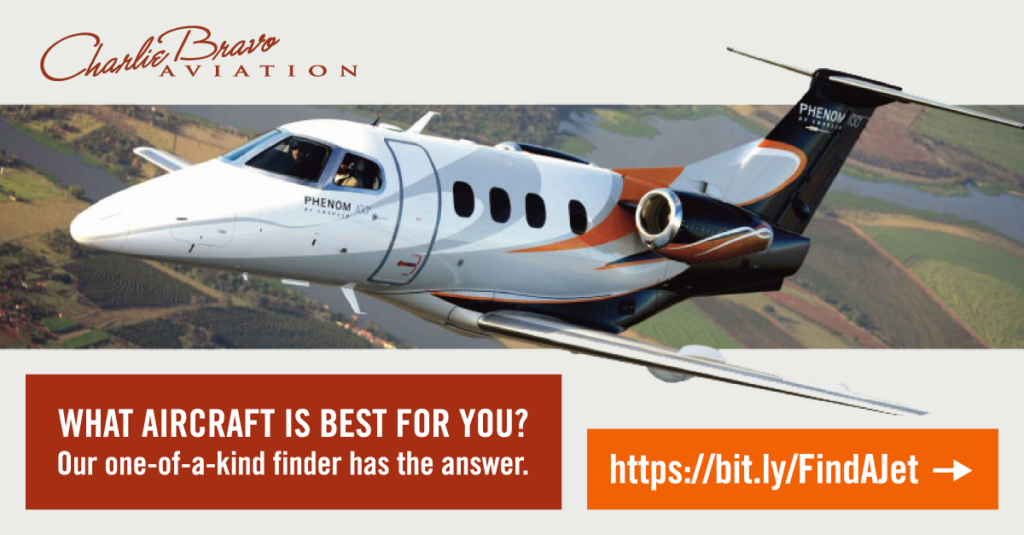Click here to head directly to our one-of-a-kind aircraft finder.
Know Your Mission
When acquiring an aircraft for the first (or second or third) time, it’s critical to consider what your mission for private aviation is. Sheila Johnson, CEO of Salamander Hotels and Resorts identifies her mission, saying, “Business aviation takes my business to new heights by putting me on the ground where I’m needed most.” Your mission may take you and your entourage to the far reaches of the earth, or it may encompass just a small geographical region you traverse with one or two other team members.
Consider Your Budget
Secondary to mission is the importance of budget and how the two relate. As you consider acquiring an aircraft, you need to think about how much your time is worth, how much your team members’ time is worth, and what price tag you could put on decreased stress and time away from home or the office. It might make all the difference in your productivity and profitability.
Evaluate the Different Aircraft Types
Mission and budget help get the wheels turning, but they can only take you so far. The next step is to determine the right aircraft for you. If you’re not yet sure exactly what you want, it’s important to understand the different aircraft types and where they might fit with your mission:
- Obviously, if you have a location that’s close by, that you need to get to and you don’t want to drive the hour and a half, it takes 15 minutes as the crow flies, a helicopter is great and that happens with a couple of our clients here in the central Texas area going out to their ranches as well as New York clients making the weekend trek to the Hamptons.
- On the other hand, a turboprop is great if you go a lot of short distances, and if you’re more concerned with utility than you are with ramp presence or quietness in the cabin. Turboprops can be fitted with gravel kits and land on grass strips and don’t require long takeoff or landing distance either. In short, they are very versatile. We like to call turboprops, especially King Airs, the “Ford F150 of the aviation world.”
- Light jets have shorter range, smaller cabins and lower operating costs than larger jets. One of the most significant things people like about a lot of light jets is that they can be operated by a single pilot.
- Large jets are great for long distances, over land or oceans. The cabin’s much roomier, sometimes divided into several sections, with a separate galley and lavatory. Most large jets can be configured for sleeping with inflatable jet beds or berthable divans.
- Mid-sized jets are obviously in-between the light and the large and those often can fly across the country without stopping. Sometimes the cabin’s a standup cabin and sometimes it’s not. So, we’re starting to get into a little bit more comfort and room inside the aircraft at this point.
Find the Perfect Fit
Though this might help you narrow down what type aligns with your mission and budget, we thought it would be even more helpful to create an aircraft finder that takes you all the way, pinpointing the specific aircraft that fit your criteria. We’ll walk you through questions about your budget, travel mission, and crew requirements to provide you with a custom list just for you. Get started now or contact us directly for help walking through it.


